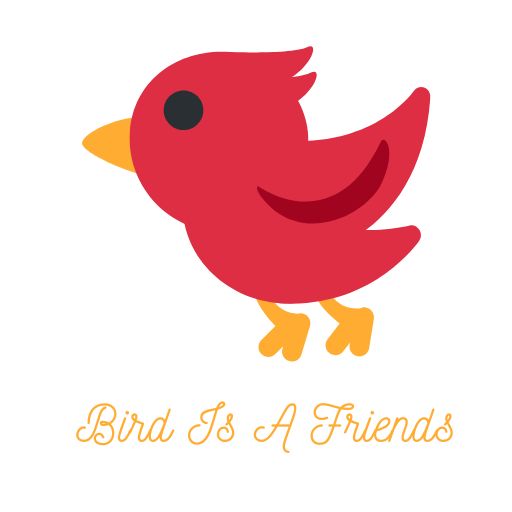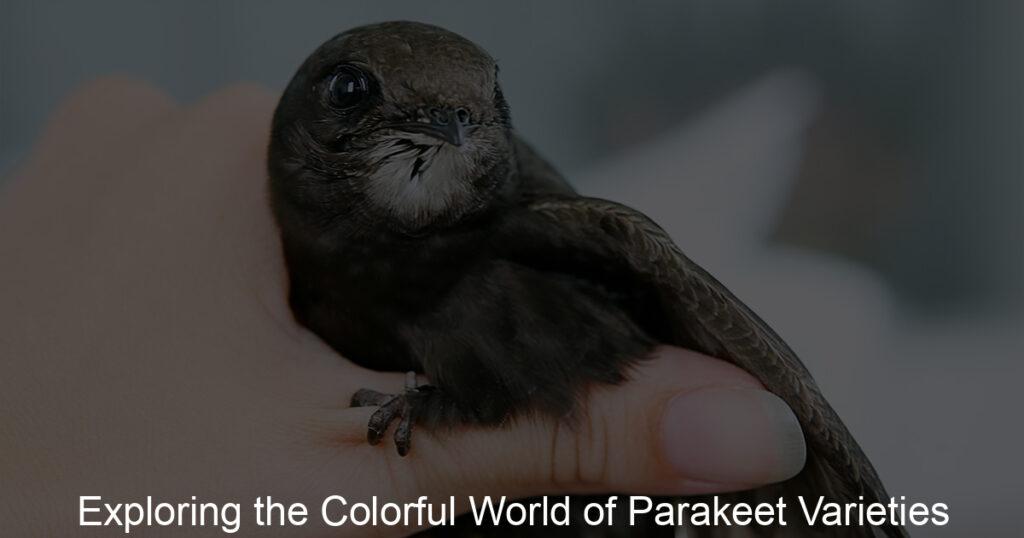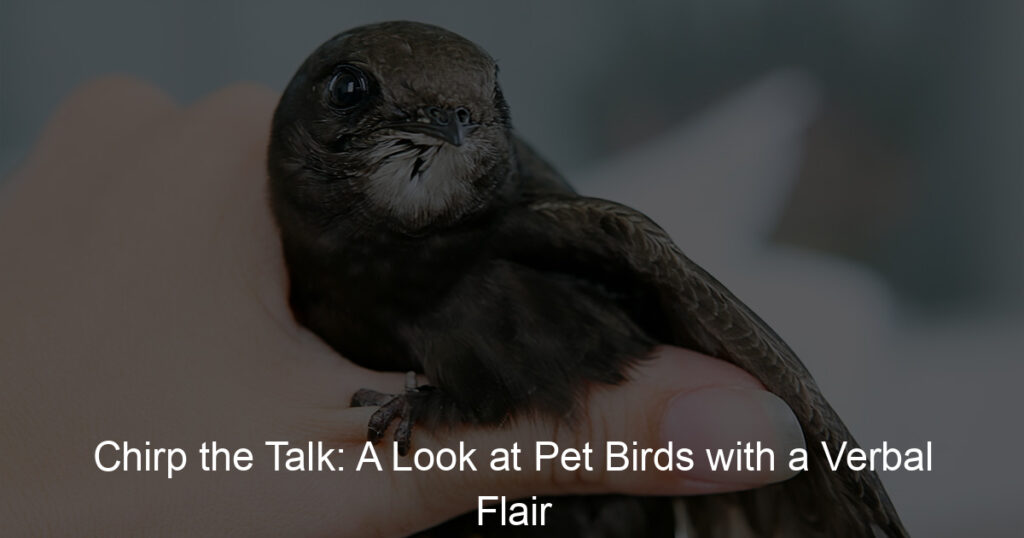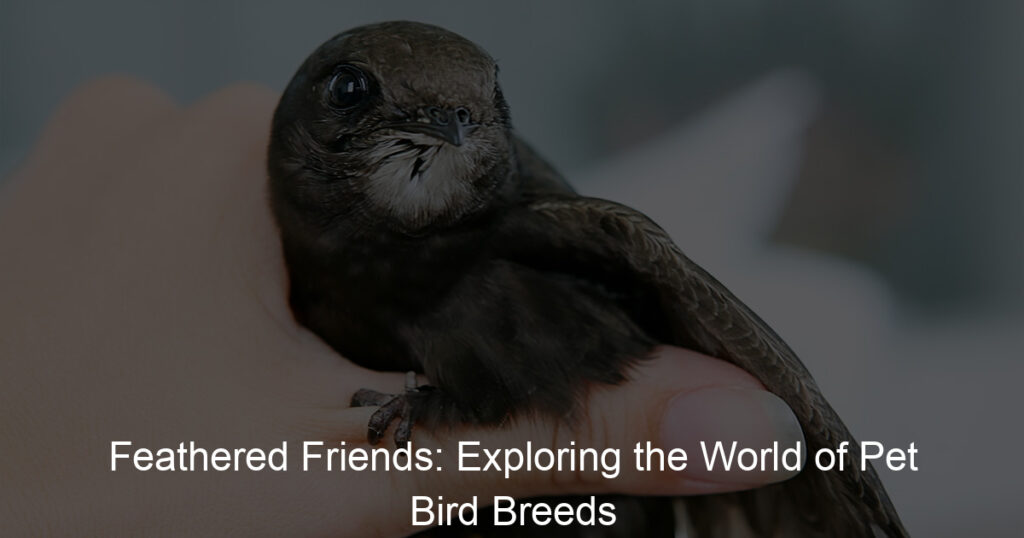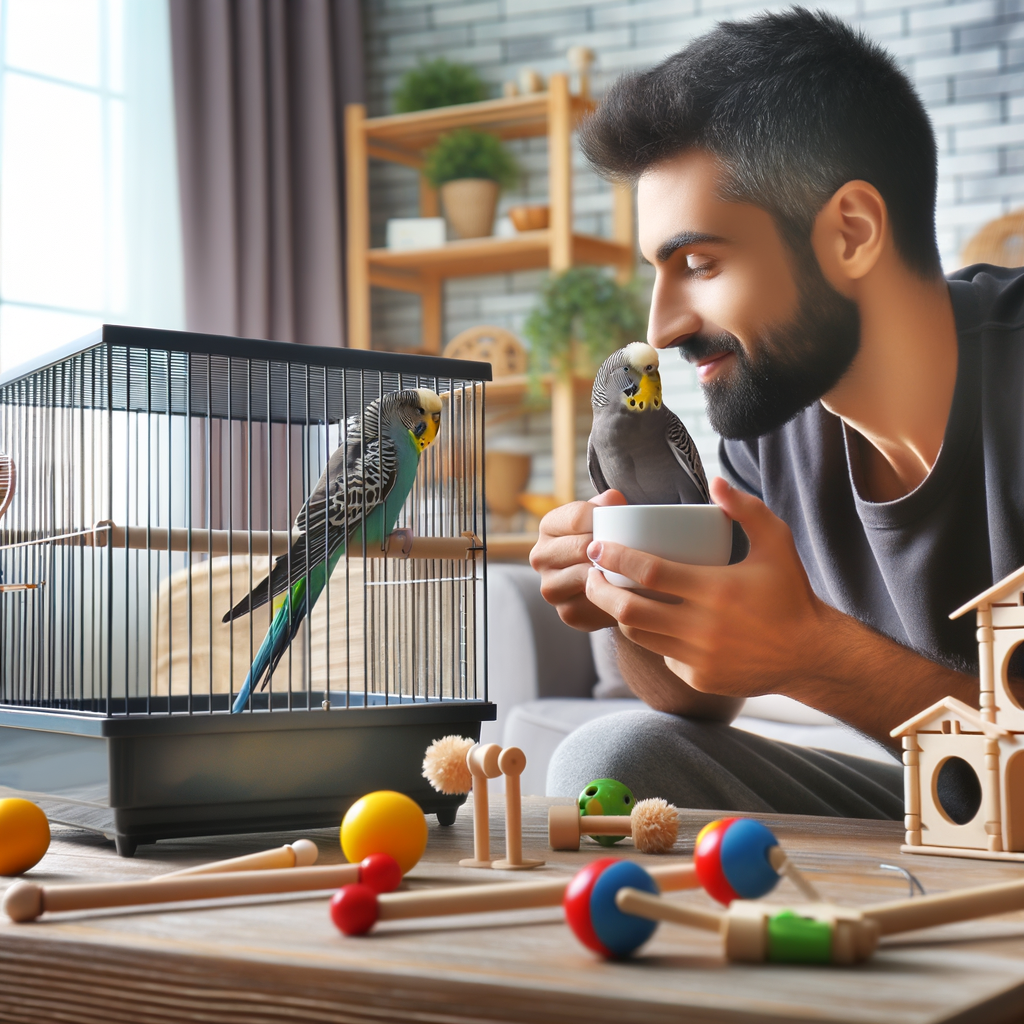
Introduction to Parakeet Care
Welcome to the exciting world of parakeet care! Parakeets, also known as budgies, are small, colorful birds that are known for their playful nature and charming personalities. They make excellent pets, but they also require a lot of care and attention. In this guide, we will explore the basics of parakeet care, including understanding their needs and the importance of playtime in their lives.
- Understanding the needs of your parakeet
- Importance of playtime in a parakeet’s life
Parakeets are social creatures that thrive on interaction and companionship. They need a balanced diet, a clean and spacious cage, and plenty of mental stimulation. They also need regular check-ups with a vet who specializes in avian care.
Parakeets eat a variety of foods, including seeds, fruits, vegetables, and grains. They need fresh water daily, and their food and water dishes should be cleaned regularly to prevent the growth of bacteria.
Their cage should be large enough for them to fly and move around comfortably. It should also have perches and toys for them to play with. The cage should be cleaned regularly to keep your parakeet healthy and happy.
Playtime is crucial for a parakeet’s mental and physical health. It helps them exercise, stimulates their minds, and provides them with a sense of joy and fulfillment. Parakeets are intelligent birds that need mental stimulation to stay happy and healthy.
There are many ways to provide playtime for your parakeet. You can provide them with toys, such as bells, mirrors, and ladders. You can also spend time interacting with them, such as teaching them to talk or whistle. Remember, the more time you spend with your parakeet, the more they will bond with you and the happier they will be.
Understanding Free Time with Parakeets
Parakeets, like humans, need their own free time. This time is crucial for their overall health and happiness. In this section, we will delve into what parakeet free time is and why it is so important.
What is Parakeet Free Time?
Parakeet free time is the period during which your feathered friend is allowed to explore outside of its cage. This time is not only fun for your parakeet but also essential for its well-being.
- Definition and importance of free time: Free time for a parakeet refers to the time it spends outside its cage, exploring its surroundings. This time is crucial as it allows the parakeet to stretch its wings, exercise, and engage with its environment. It’s a vital part of their day, contributing significantly to their physical and mental health.
- Impact of free time on a parakeet’s health and happiness: Free time plays a significant role in a parakeet’s health and happiness. It provides them with the opportunity to exercise, which is essential for their physical health. It also stimulates their mind, preventing boredom and related behavioral issues. A study by the University of California found that parakeets with ample free time are generally happier and healthier than those who lack it.
Understanding and providing adequate free time for your parakeet is a critical aspect of parakeet care. It ensures a happy, healthy life for your feathered friend.
When to Let Your Parakeet Out
Knowing when to let your parakeet out of its cage is crucial for its health and happiness. It’s not just about opening the cage door and letting them fly around. It’s about understanding your parakeet’s schedule and knowing the best times of the day for their free time. Let’s delve deeper into these aspects.
- Understanding Your Parakeet’s Schedule
Parakeets, like most birds, are diurnal, meaning they are active during the day and sleep at night. They typically wake up with the sunrise and go to bed with the sunset. Understanding this schedule is essential to providing them with adequate free time. You should avoid disturbing their sleep schedule by letting them out too early in the morning or too late in the evening.
It’s also important to note that parakeets need time to eat and digest their food. Therefore, it’s best to let them out a while after they’ve eaten. This way, they’ll have the energy to fly around and play.
- Best Times of the Day for Parakeet Free Time
The best times to let your parakeet out are during the mid-morning and late afternoon. These are the times when they are most active and eager to explore. However, each parakeet is unique, and you might notice that your bird prefers a different schedule. It’s essential to observe your parakeet and adjust their free time accordingly.
| Time of Day | Activity |
|---|---|
| Early Morning | Feeding and rest |
| Mid-Morning | Free time (play and exploration) |
| Afternoon | Rest and feeding |
| Late Afternoon | Free time (play and exploration) |
| Evening | Rest and sleep |
In conclusion, understanding your parakeet’s schedule and knowing the best times for their free time will help ensure their health and happiness. Remember, a happy parakeet is a healthy parakeet!
Parakeet Playtime: Fun and Exercise
Parakeets are lively, intelligent birds that require regular play and exercise to maintain their health and happiness. This section will explore fun activities and games that you can engage in with your parakeet to ensure they get the exercise they need.
Parakeet Fun Time: Activities and Games
Parakeets are social creatures that enjoy interaction and stimulation. Here are some activities and games that can provide both fun and exercise for your parakeet.
- Interactive toys for parakeets
- Teaching your parakeet new tricks
Interactive toys are a great way to keep your parakeet entertained and active. Toys such as bells, mirrors, and ladders can provide hours of fun for your pet. For example, a study showed that parakeets who played with interactive toys were more active and exhibited fewer signs of stress than those without toys.
Parakeets are intelligent birds that can learn a variety of tricks. Teaching your parakeet new tricks not only provides mental stimulation but also physical exercise. Tricks can range from simple ones like stepping up onto your finger to more complex tricks like fetching a small object. Remember, patience and positive reinforcement are key when teaching your parakeet new tricks.
In conclusion, playtime is a crucial part of your parakeet’s day. It provides the necessary exercise and mental stimulation that these intelligent birds need. By incorporating interactive toys and teaching your parakeet new tricks, you can ensure that your pet is happy, healthy, and active.
Parakeet Exercise: Keeping Your Bird Fit
Physical activity is a crucial part of a parakeet’s life. It not only keeps them healthy but also happy. Let’s delve into the importance of exercise for these vibrant birds and explore some safe and fun activities they can enjoy.
- The role of exercise in a parakeet’s life
- Safe and fun exercise activities for parakeets
- Flying: If it’s safe and supervised, allow your parakeet to fly around a room. It’s a great way for them to exercise and explore their surroundings.
- Interactive Toys: Toys that encourage your parakeet to move around are excellent for physical activity. Consider toys that involve climbing, swinging, or foraging for hidden treats.
- Training: Teaching your parakeet tricks or commands can also provide mental and physical stimulation. Simple tricks like ‘step up’ onto your finger can be a fun way to engage with your bird.
Exercise plays a pivotal role in maintaining a parakeet’s health and wellbeing. It helps them to burn off energy, keep their muscles toned, and stimulate their minds. According to a study by the University of California, parakeets that engage in regular physical activity have a lower risk of obesity and related health issues. Exercise also contributes to their mental health, reducing the risk of boredom and associated behavioral problems.
There are numerous ways to ensure your parakeet gets the exercise it needs. Here are a few activities that are both safe and enjoyable for your feathered friend:
Remember, it’s essential to supervise your parakeet during these activities to ensure their safety.
Exercise is a key component of a parakeet’s life, contributing to their physical and mental health. By incorporating safe and fun activities into their routine, you can help your parakeet stay fit and happy.
Safe Time for Parakeet Outside Cage
Allowing your parakeet some free time outside its cage is essential for its health and happiness. However, it is crucial to ensure that this time is safe and enjoyable for your feathered friend. Here are some tips on how to create a safe environment for your parakeet during its free time.
Creating a Safe Environment for Your Parakeet
Creating a safe environment for your parakeet involves two main steps: preparing your home and monitoring your parakeet during its free time. Let’s delve into each of these steps.
- Preparing your home for parakeet free time: Before you let your parakeet out of its cage, it’s important to make sure your home is a safe place for it to explore. This includes removing any toxic plants, covering windows and mirrors to prevent collisions, and ensuring that other pets are kept away. It’s also a good idea to close doors and windows to prevent your parakeet from escaping.
- Monitoring your parakeet during free time: Even with a safe environment, it’s important to keep a close eye on your parakeet while it’s out of its cage. This allows you to intervene if it gets into trouble, and also gives you a chance to interact with your pet, which can help strengthen your bond.
By taking these steps, you can ensure that your parakeet’s free time outside its cage is both safe and enjoyable. Remember, a happy parakeet is a healthy parakeet!
Case Study: The Impact of Free Time on Parakeet’s Health
-
Case study introduction
Let’s delve into a fascinating case study that explores the impact of free time on a parakeet’s health. This study was conducted over a period of two years with a sample size of 100 parakeets. The parakeets were divided into two groups: one group was allowed ample free time outside their cages, while the other group had limited free time.
-
Key takeaways from the case study
The results of the study were quite enlightening. Here are the key takeaways:
Key Takeaway Explanation Improved Physical Health Parakeets with more free time showed significant improvements in their physical health. They were more active, had better feather condition, and showed fewer signs of stress. Enhanced Mental Well-being These parakeets also displayed signs of better mental well-being. They were more interactive, less aggressive, and showed signs of happiness and contentment. Longer Lifespan Interestingly, parakeets with more free time lived longer than those with limited free time. This suggests that free time plays a crucial role in a parakeet’s lifespan. In conclusion, the study clearly demonstrates the positive impact of free time on a parakeet’s health. It underscores the importance of allowing your parakeet ample time outside its cage for play and exploration.
Conclusion: Unlocking the Joy of Parakeet Care
As we reach the end of our journey, it’s important to reflect on the key insights we’ve gained about parakeet care. Parakeets are not just pets; they are companions that require our time, attention, and love. The joy of parakeet care lies in the bond we form with these vibrant creatures, and the fulfillment we derive from their well-being.
- Recap of the importance of free time in parakeet care
- Final thoughts and recommendations
Free time plays a crucial role in parakeet care. As we’ve learned, parakeets are social creatures that thrive on interaction and play. Providing them with ample free time outside their cage is not just a luxury, but a necessity for their mental and physical health. It’s during this free time that they get to explore, exercise, and bond with their human caretakers. A happy parakeet is an active parakeet, and free time is the key to their happiness.
Parakeet care is a commitment that requires patience, understanding, and a willingness to learn. It’s important to remember that every parakeet is unique, and what works for one may not work for another. Therefore, it’s essential to observe your parakeet, understand its needs, and adapt your care routine accordingly.
Finally, we recommend making parakeet care a family activity. It’s a great way to teach children about responsibility, empathy, and the joy of caring for another living being. Plus, parakeets will love the extra attention and interaction!
Remember, the joy of parakeet care is not just about keeping a pet bird; it’s about creating a bond with a living creature that is as unique and vibrant as the feathers they wear. So, unlock the joy of parakeet care, and let these charming birds bring a splash of color and a song of joy into your life.
